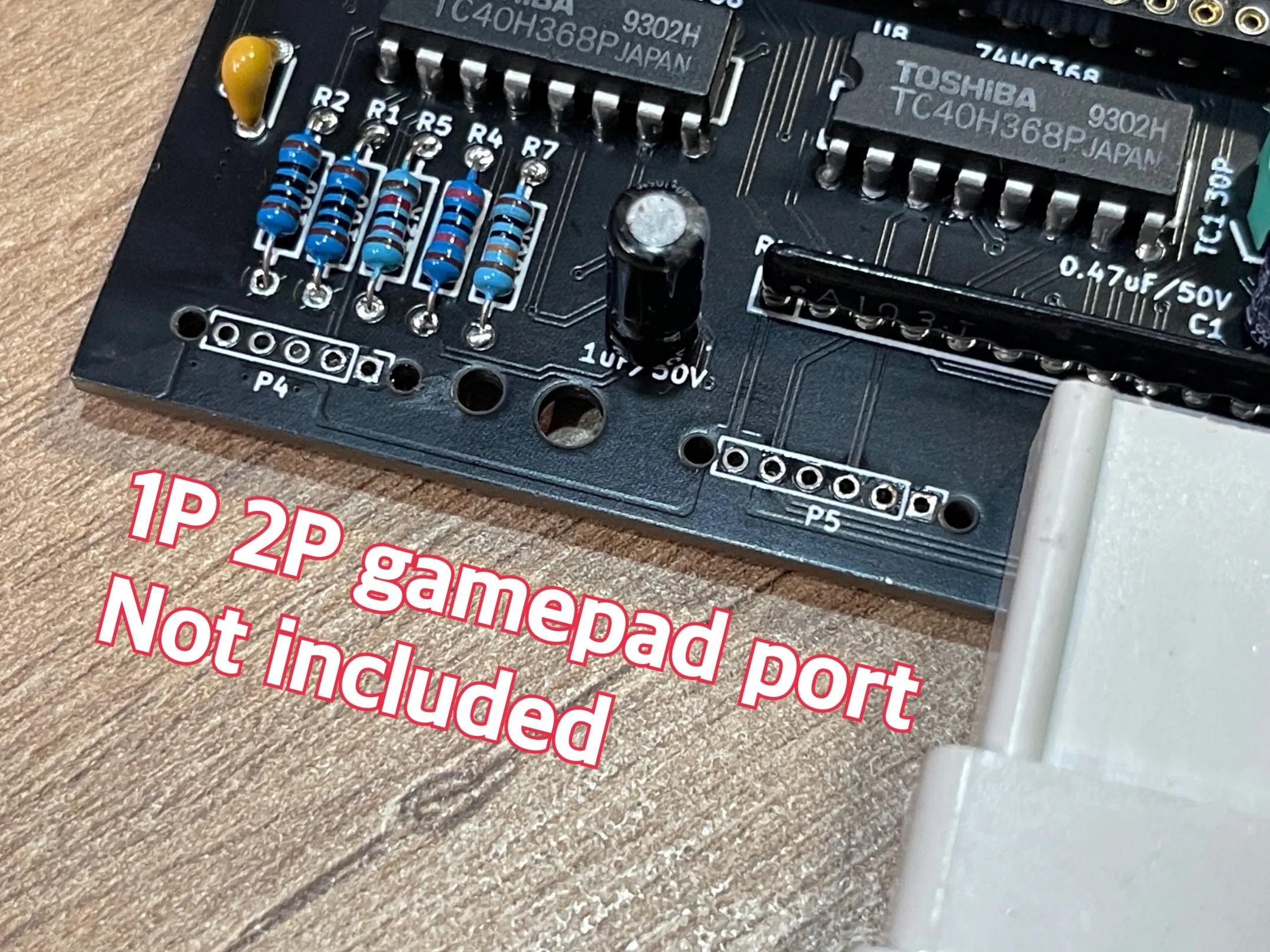Pre-orders are now live for a new Famicom motherboard replacement by Retro Game Restore (RGR).
For those unfamiliar with Nintendo’s first major cart-based console history, the Famicom saw 2 types of motherboard models throughout its lifespan: the HVC-CPU and the HVC-GPM; the most common revision being the HVC-CPU-07. Notably, in this revision, both the power and RF boards are connected to the motherboard through a 7-connector ribbon cable.
RGR‘s new PCB has been specifically developed to replace the HVC-CPU-07 motherboard. It has been designed with optimized circuit routing, and modern parts to eliminate potential issues with audio and video interference.
According to RGR, the new replacement motherboard features:
- ENIG PCB surface finish
- Cartridge slot with gold-plated pins
- DB15 Expansion port
- High precision capacitors/resistors
- Brand new IC chips
- IC sockets for the CPU and PPU (to be soldered by the user)
But this is not a simple drop-in replacement. In order to complete the build and have a fully functional Famicom motherboard, certain components must be sourced by the user. The most obvious of these components are what are widely recognized as the heart and brain of the Famicom: the CPU and PPU. Additionally, a reset switch (or a Cherry MX switch) and a 1P/2P gamepad ports (or directly wiring controllers to the motherboard) are required.

Note that this motherboard will fit perfectly in an original Nintendo shell as well as under RGR‘s Famicom top shell replacement. It will also work with RGR‘s expansive catalogue of Famicom accessories such as the Famicom Power Adapter Board, the USB PD power adapter, the Famicom Composite Adapter, and the Eject Lever Mechanism.
The new Famicom replacement board is priced at $56.59 + shipping, and is set to ship at the end of October 2023.
I personally find products like this all-new motherboard to be fascinating. In my opinion, they serve two intertwining purposes: rejuvenating old finicky hardware and preserving old technology.
Links:
- Pre-order the new Famicom motherboard here: https://retrogamerestore.com/store/fc_hvc_cpu07/
- Other products by RGR: https://retrogamerestore.com/store/
